MOTOR SPORTS
Why F1 cars do not have brake lights
According to Martin Brundle, ex-F1 driver and current SkyF1 commentator, this is one of the questions he gets asked at parties the most often.
The answer, Brundle says is that they not only would braking lights not do any good, they would be a dangerous distraction. By the time a trailing F1 driver could see and react to braking lights, he would have rammed his car into the car in front of him. No mechanism could be built that would elicit a human driver’s reaction in time to take any evasive action based on braking lights, including braking as well.
What F1 drivers do instead is try to keep all cars alongside and in front of them in their field of vision, and learn to hit the brakes instinctively, responding to small shifts in the perceived size of the car in front or alongside them.
This size change perception (at short distances) requires less reaction time because it is hard-wired into us, while we had to learn that a red light signifies the same thing, thus creating a slight delay in reacting.
It’s helpful to know that F1 cars are designed to create ferocious downforce suction from air squirting underneath the low slung vehicle floor. This downforce acts like vacuum, pulling the car into the asphalt as it drives around the course, trading straight line speed on straightaways for stronger control of momentum in curves and turns. This means when a driver simply lifts a foot off the accelerator pedal the car suddenly slows down. This ability to slow sharply from aerodynamics gets built into each F1 driver’s understanding of how a particular car behaves. That keeps drivers from colliding at every turn when they tailgate on other drivers or driving in a pack.
There is a large orange light on the back of F1 cars, installed as of two years ago, which blinks to indicate to trailing drivers that the driver is charging the battery system, “harvesting” electrical power for the hybrid engine, converting the heat and wheelspin the car is generating into electricity. This usually happens at the end of long straightaways. This power generation causes drag on the car, and that drag may not be seen by trailing cars, especially at medium distance, the blinking light warns trailing drivers to beware of sudden deceleration by the vehicle.
During heavy rain the blinking light also does double as a braking warning light because cars can lose sight of each other 50m down the track. But this is to keep cars trailing at a distance aware of where cars are up ahead, rather than serving as a braking warning when cars are bunched closer.
-
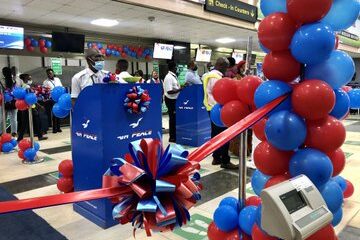
 AVIATION5 years ago
AVIATION5 years agoPhoto News: Air Peace commence flight operations to South Africa
-
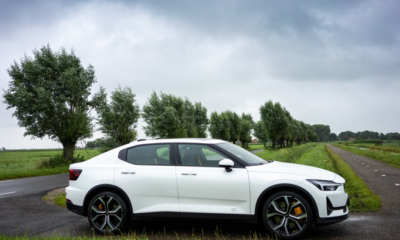
 Car News5 years ago
Car News5 years agoPolestar is recalls over 2000 electric cars due to software bug
-

 RAIL4 years ago
RAIL4 years ago36 Killed in Pakistan Train Accident
-
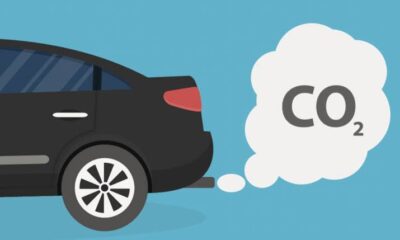
 Technology5 years ago
Technology5 years agoCommon mistakes in CO₂ emissions calculations
-
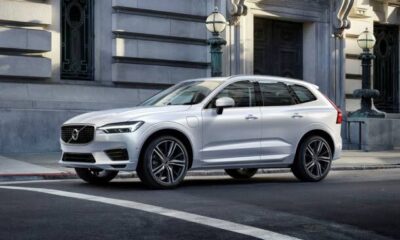
 Business5 years ago
Business5 years ago2016 Volvo XC60 review and specifications
-
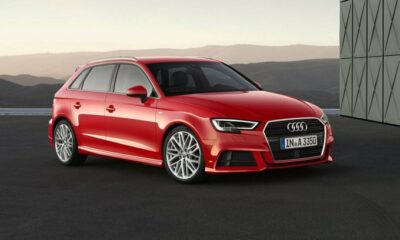
 Reviews5 years ago
Reviews5 years ago2021 Audi A6 Specifications and Review
-
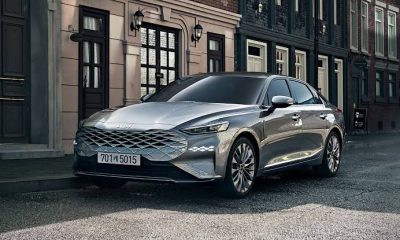
 Reviews3 years ago
Reviews3 years agoDebutant Kia’s new K8 sedan benchmarks luxury, safety
-
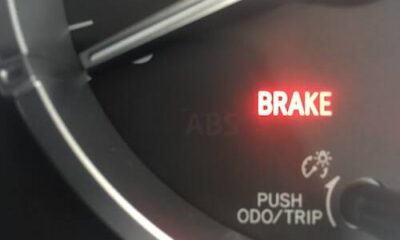
 SAFETY / CAR CARE5 years ago
SAFETY / CAR CARE5 years agoHandbrake warning light; what it means and what to do
